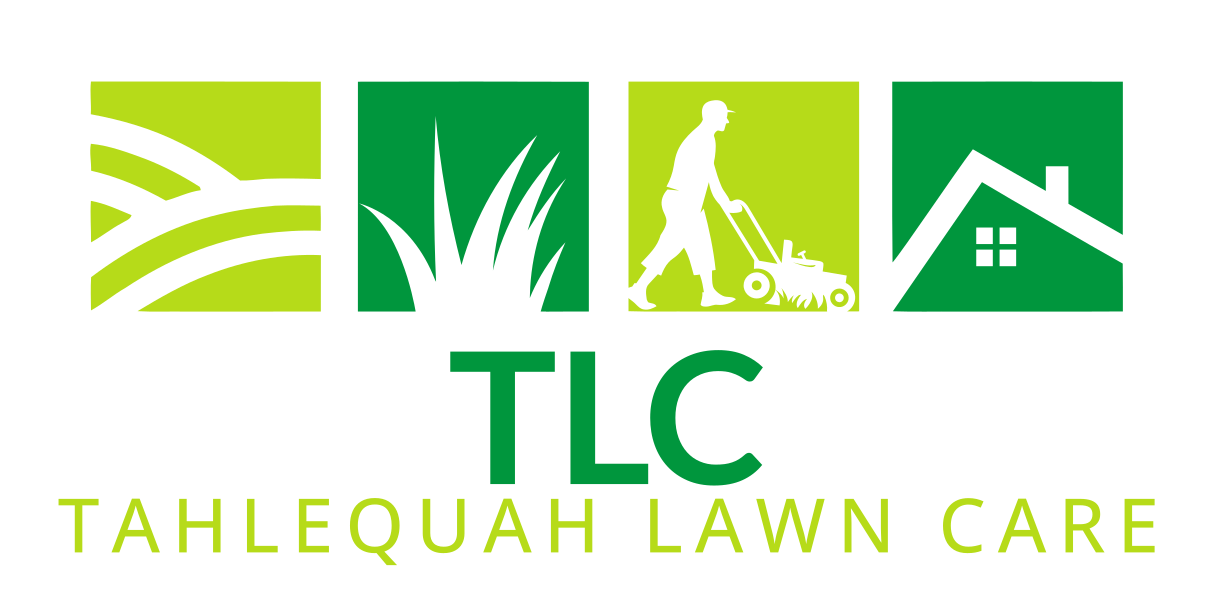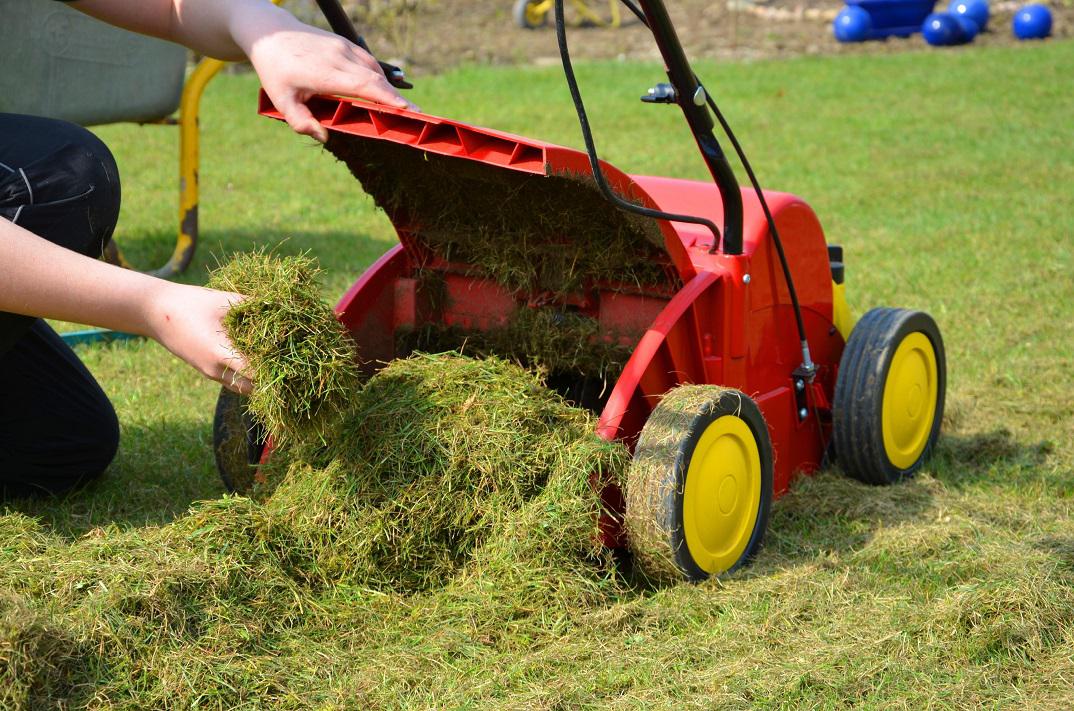Understanding Lawn Scalping
Often perceived as a taxing task, lawn scalping could be the secret to fast-forwarding your lawn’s vibrant green appearance by nearly a month or more! This guide is tailored for southern grass owners, with a special focus on Bermuda grass.
Deciphering Lawn Scalping
Lawn scalping isn’t just about giving your lawn a super-short haircut. Whether it’s a result of mowing in haste or navigating an uneven terrain, sometimes it’s unintentional. However, the real magic lies in doing it with purpose, especially to speed up the greening process as the season changes.
The Good, the Bad, and the Ugly of Scalping
Hearing “scalping the lawn” might immediately drum up images of unsightly brown patches resulting from the mower gouging out chunks of green. But that’s not our focus. Here, we’re addressing intentional, full-lawn scalping at the cusp of spring.
Scalping vs. Dethatching: The Great Debate
A common mix-up. Scalping and dethatching are not identical twins. Dethatching requires specific equipment that tears through the dense bottom layer of a problematic lawn. However, remember that thatch and last year’s leftover grass aren’t the same. Scalping doesn’t address the thatch problem.
To Scalp or Not to Scalp: Making the Decision
Scalping can be transformative – both positively and negatively. Choose wisely based on your grass type.
Green Light for Scalping:
- Bermuda
- Zoysia
- St Augustine (Go easy on the trim!)
Red Light for Scalping:
- Fescue
- Bluegrass
- Ryegrass
The Art of Lawn Scalping
When scalping, you’re shearing the turf to a fraction of its usual height, collecting and disposing of the trimmings. This early spring ritual does two significant things:
- By clearing the old grass, sun rays can warm the soil quicker, setting the stage for a speedy green-up.
- The emerging fresh grass doesn’t have to compete with the remnants of yesteryear.
Curious about Scalping in Action? Check out this quick clip showcasing its benefits.
The Consequences of Skipping Scalping
Opting out? It’s alright. Old grass will naturally decompose over time. However, without scalping:
- Your soil stays cooler for longer.
- Post-mowing results might have a brownish hue.
- Pet owners, beware of the brown grass trails indoors!
Timing Matters: When to Scalp
Aim to scalp just before the typical green-up period. Oklahoma folks might target March, while Texans might lean into early March.
Early Bird Scalping? Possible, but remember the insulation from dead grass is minimal.
Late Scalping? Tread with caution. Especially with St. Augustine and Zoysia, if the lawn is already turning green, scalping might mean a longer recovery time.
Summer Scalping: It’s a yes, but with a good reason in mind. Sometimes, it’s all about re-establishing a lower mowing height.
On Bagging and Clippings
While you don’t have to bag the clippings post-scalping, it’s advised to. Leaving them could:
- Make your lawn feel spongy.
- Amplify thatch issues.
- Overwork your mower.
First-time scalpers, brace yourselves for the sheer volume of clippings! Think about hiring professionals if it seems daunting.
Tools to Equip Yourself
For the everyday lawn:
- Bagging lawn mower
- Plenty of trash bags
- Face protection
- A good blower or broom
Post-scalping Care
No need to over-water post scalping. Stick to your usual watering routine. Also, remember, while scalping trims weeds, it doesn’t eliminate them.
Potential Downsides
The primary downside to scalping is the labor involved. By removing all old grass, you’re potentially missing out on some organic fertilizer. However, those aiming for the perfect lawn will find that leaving clippings just doesn’t cut it.
For the eco-conscious, consider donating your clippings to a local composting facility. Some even offer free compost for residents.





